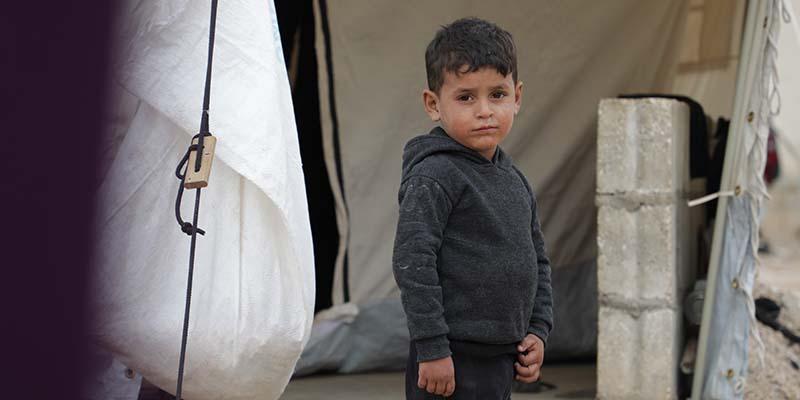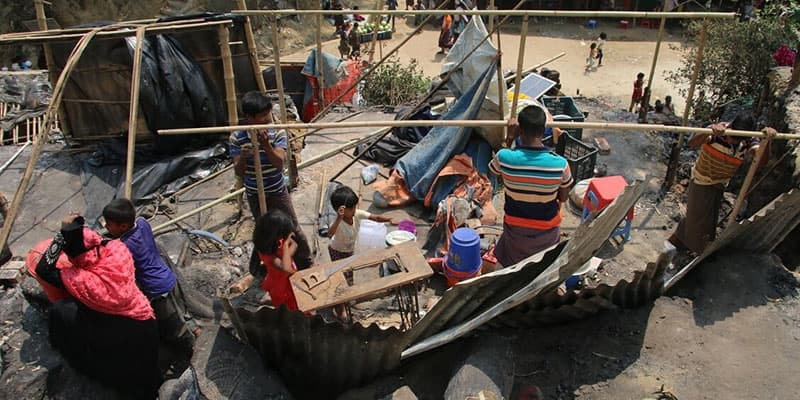Help Children & Refugees in Afghanistan
- Severe economic crisis, consecutive droughts, and the suspension of development assistance has turned that crisis into a catastrophe.
- More than 800,000 children have crossed into Afghanistan from Iran and Pakistan in 2025; Children are strangers in their own homeland.
- Save the Children has been supporting communities and protecting children's rights across Afghanistan since 1976.
Save the Children has been working in Afghanistan since 1976, but the scale and severity of the current crisis is like nothing we have ever seen before. Families and refugees are increasingly taking desperate measures to survive.
Children’s access to healthcare, protection and education has been drastically diminished. Without access to education, children are being deprived of their fundamental rights. This is yet another devastating blow for children in Afghanistan who are facing an unprecedented hunger crisis.
Since March, Save the Children in Afghanistan has supported more than 150,000 child who have returned to Afghanistan, including the following:

Treated 7,465 people, including 3,867 boys and 3,598 girls under 5 years of age for pneumonia

Treated 978 children with acute malnutrition

Treated 10,167 children for malaria and diarrhoea, and 867 children received measles vaccinations

An icon of a mother and child holding hands.
Treated 452,486 children treated with nutrition services

Treated 564,671 children with health services

Provided pre-natenatal care to 2,888 pregnant women




